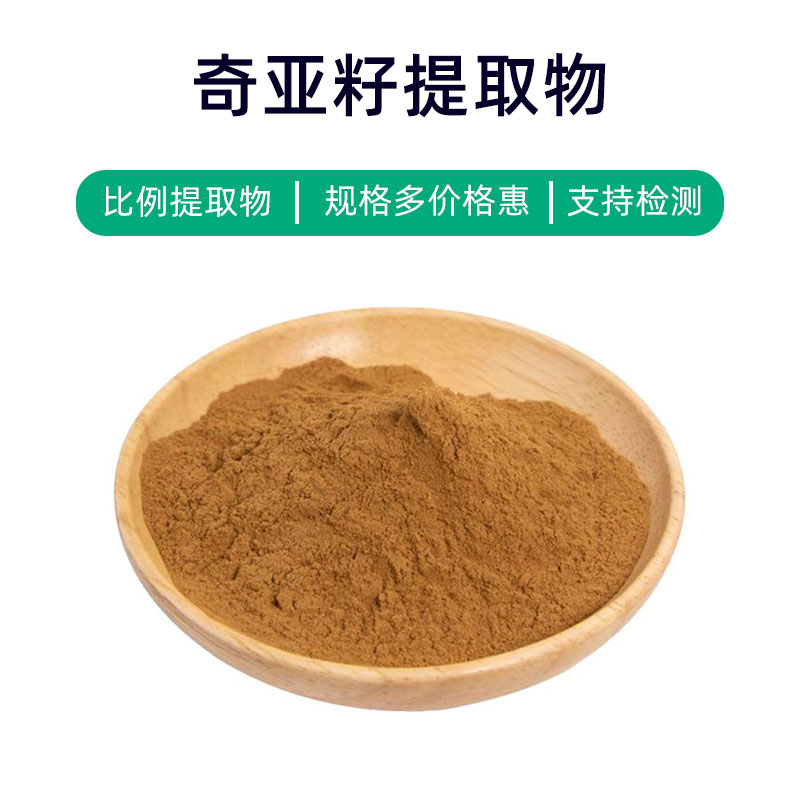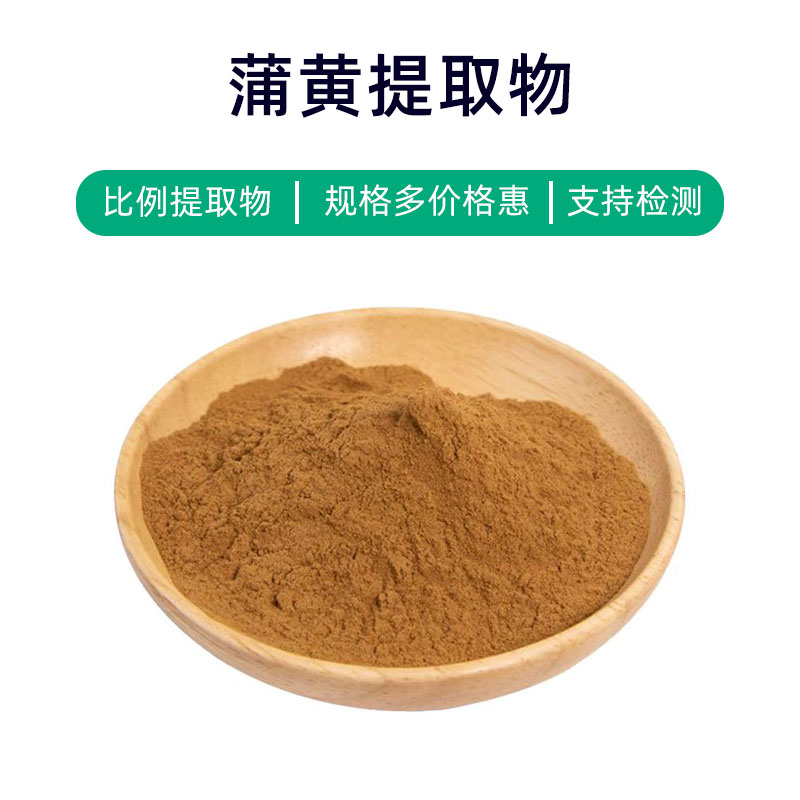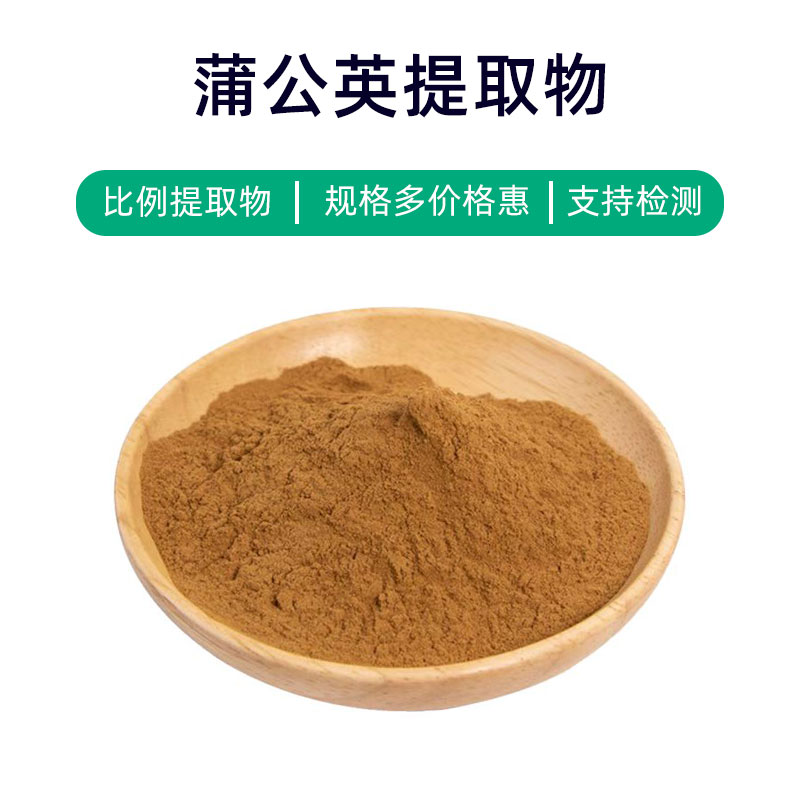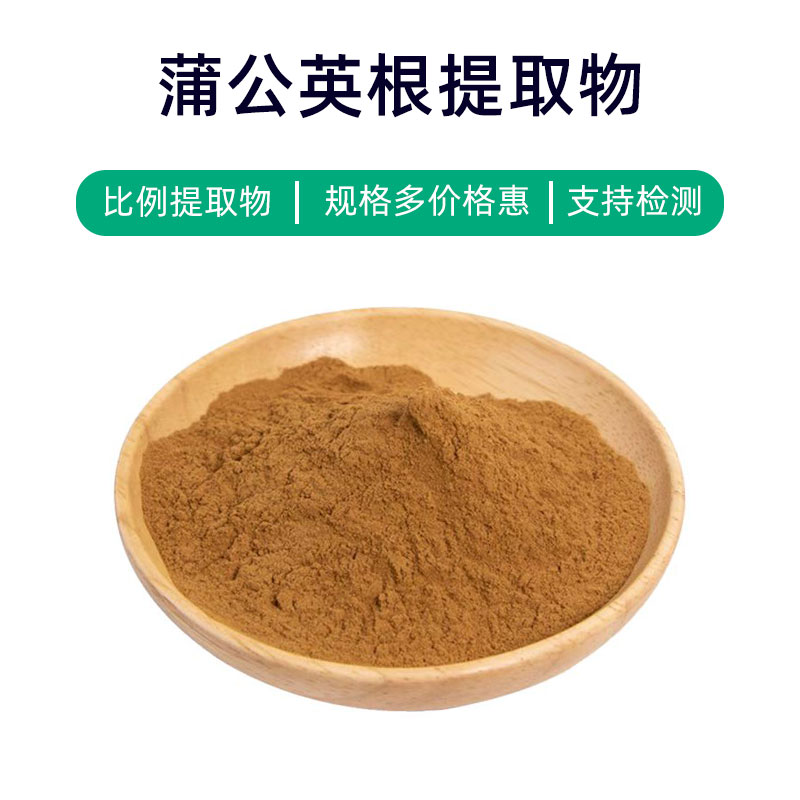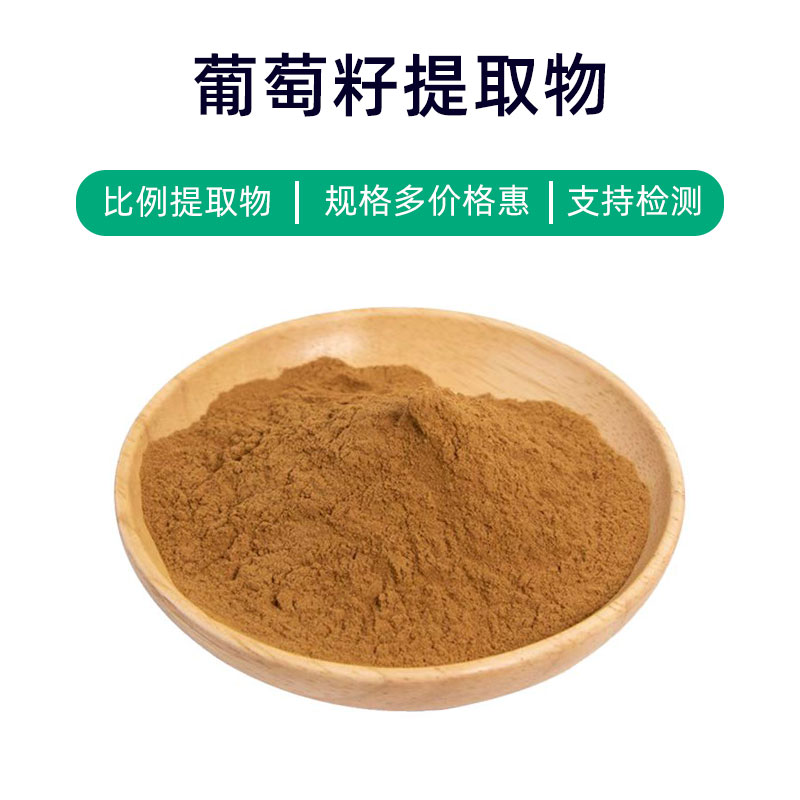Tilia Flower Extract Product Introduction
Tilia Flower Extract is a natural botanical extract derived from Tilia flowers, mainly composed of flavonoids, volatile oils, glycosides, and other components. Its benefits are primarily reflected in its soothing, anti-inflammatory, and antioxidant properties. Tilia Extract is widely used in dietary supplements, cosmetics, and pharmaceutical formulations.
As a component of dietary supplements, Tilia Extract helps to soothe the nervous system and improve sleep quality, aiding in the relief of anxiety and tension while promoting relaxation. In cosmetics, Tilia Extract is often added to skincare and anti-aging products for its anti-inflammatory and antioxidant characteristics, helping to reduce skin inflammation, protect the skin from environmental damage, and delay the aging process, keeping the skin looking youthful and elastic. Additionally, Tilia Extract is frequently used in pharmaceutical formulations as a natural remedy to regulate physiological functions, improve microcirculation, boost immunity, and potentially benefit cardiovascular health.
Overall, Tilia Flower Extract, as a natural botanical extract, possesses multiple benefits and can be applied in various fields, including dietary supplements, cosmetics, and pharmaceuticals, providing valuable support for health and beauty.
Tilia Flower Extract Production Process
The production process for Tilia Flower Extract typically includes the following steps:
- Collection of Tilia Flowers: Fresh Tilia flowers should be collected during their blooming period. It’s essential to select flowers that are free from pollution and pests to ensure the quality of the extract.
- Cleaning and Pretreatment: The collected Tilia flowers are cleaned and pretreated to remove surface impurities and dirt, followed by air drying or oven drying.
- Crushing: The dried flowers are crushed to enhance extraction efficiency and uniformity of the extract.
- Solvent Extraction: The crushed Tilia flowers are soaked in an appropriate solvent (such as ethanol or water) under suitable time and temperature conditions, allowing the active components to dissolve in the solvent.
- Filtration and Concentration: The extracted solution is filtered to remove the Tilia flower residue, and then the solvent is removed through evaporation or reduced pressure concentration to obtain the Tilia Extract.
- Refinement and Purification: Further refinement and purification processes are carried out to eliminate impurities and unwanted components, enhancing the purity and stability of the extract.
- Testing and Quality Control: The extract undergoes necessary testing and quality control measures, including component analysis, microbiological testing, and heavy metal testing, to ensure compliance with relevant standards and regulations.
- Packaging and Storage: The extract is packaged using appropriate materials and stored in a way that avoids direct sunlight and high temperatures to ensure quality and stability.
This outlines the general production process for Tilia Flower Extract, where each step must be controlled and executed carefully to guarantee the quality and safety of the extract.
Tilia Flower Extract Effects, Benefits, and Side Effects
Tilia Flower Extract, as a natural botanical extract, is widely used in traditional herbal medicine and has gained attention in modern medicine, dietary supplements, and cosmetics. It has multiple effects and benefits, which include:
- Antioxidant Effects: Tilia Flower Extract is rich in various antioxidants such as flavonoids and phenolic compounds, which can neutralize free radicals, inhibit oxidation reactions, delay cellular aging, and protect cells from oxidative damage.
- Anti-inflammatory Effects: The active components in Tilia Flower Extract exhibit significant anti-inflammatory properties, which can suppress the release of inflammatory mediators, reduce inflammation, and alleviate pain and swelling. It may have therapeutic effects on conditions like rheumatoid arthritis and skin inflammation.
- Antibacterial Effects: Tilia Flower Extract shows inhibitory effects on various bacteria, fungi, and viruses, effectively preventing and treating skin conditions caused by bacterial infections, such as acne and eczema.
- Circulatory Promotion: Tilia Flower Extract can dilate blood vessels and increase blood flow, improving microcirculation, reducing blood viscosity, and positively affecting cardiovascular health and preventing blood clots.
- Skin Protection: Tilia Flower Extract has excellent moisturizing and softening properties, which can hydrate the skin, protect the skin barrier, and reduce moisture loss, effectively improving issues like dryness, roughness, and sensitivity.
- Immune Regulation: The active components in Tilia Flower Extract can regulate immune system function, enhance the body’s resistance, and improve immunity, helping to prevent respiratory infections such as colds and flu.
Tilia Flower Extract is generally considered safe, as it is a natural plant extract, but individual differences and allergic reactions should still be taken into account. Therefore, it is recommended to perform a skin sensitivity test before use to avoid adverse reactions. Caution is advised for pregnant or nursing women and children; they should use it under a doctor’s guidance.
Tilia Flower Extract Applications and Dosage
Tilia Flower Extract has a diverse range of applications in the medical, food, and cosmetic fields. Here are the main applications and recommended dosages:
- Medical Field:
- Treatment of Skin Inflammation: Tilia Flower Extract’s anti-inflammatory and antibacterial properties can be used to treat various skin inflammations such as eczema and dermatitis. It can be formulated into topical ointments or sprays, applied or sprayed onto affected areas 2-3 times daily.
- Blood Circulation Improvement: Tilia Flower Extract can dilate blood vessels and increase blood flow, useful for improving cardiovascular circulation and preventing cardiovascular diseases. Oral intake of Tilia Extract supplements is generally recommended, with dosage tailored to individual needs; consulting a doctor is advisable.
- Food Field:
- Nutritional Supplements: Tilia Flower Extract is rich in various nutrients, such as vitamins, minerals, and antioxidants, and can be used to create dietary supplements. It is typically available in liquid, capsule, or tablet forms, with usage following product instructions.
- Flavoring Agent: Tilia Flower Extract has a pleasant aroma and can be added to seasonings to enhance the flavor and nutritional value of food. The amount used depends on the type of food and personal taste preferences.
- Cosmetic Field:
- Moisturizing Skincare Products: With its excellent moisturizing properties, Tilia Flower Extract is used in making moisturizing skincare products like masks, lotions, and creams. It is advisable to use them twice daily, applying to clean facial skin and gently massaging until fully absorbed.
- Anti-aging Products: Rich in antioxidants, Tilia Flower Extract is used in anti-aging cosmetics, helping to slow down skin aging. The application method is the same as above, and consistent long-term use is recommended.
When using Tilia Flower Extract products, performing a skin sensitivity test beforehand is advised to avoid allergic reactions. The dosage and frequency may vary based on different products and purposes, so please read the product instructions carefully and follow the guidelines. If discomfort or questions arise, consulting a healthcare professional or nutritionist is recommended.
Introduction, Distribution, and Growth Environment of Tilia
Tilia, commonly known as Linden, is a deciduous tree belonging to the Malvaceae family. Tilia Flower Extract is typically sourced from the flowers of Tilia trees, which are often used to prepare herbal medicines and extract beneficial components. Below is an introduction to the source plant of Tilia Flower Extract, its distribution, and growth environment:
Introduction to Tilia:
Tilia is a common deciduous tree that falls under the medium-sized category, with a round or broad oval crown. The bark of Tilia is smooth, grayish to brown, with young bark being relatively smooth and older bark displaying cracks. The leaves are heart-shaped or ovate, featuring noticeable serrations and are green or light green, with opposite arrangement. The flowers are yellowish-white and fragrant, typically growing in cymes.
Distribution of Tilia:
Tilia is widely distributed across temperate regions of the Northern Hemisphere, primarily found in Europe, Asia, and North America. In Europe, Tilia is mainly found in countries like Germany, France, the UK, and Hungary; in Asia, it is found in places like China, Japan, and Korea; while in North America, it is mainly found in the United States and Canada.
Growth Environment of Tilia:
Tilia prefers a mild and humid climate, typically growing in sunny, fertile soil with good drainage. They can thrive in low-altitude plains as well as in mountainous regions. Tilia is not overly demanding of soil, able to grow in sandy soils, loam, and clay.
In summary, Tilia is a commonly found tree whose flowers are often used to prepare herbal medicines and extract beneficial components, boasting a wide distribution and adaptability, with a growth environment that is relatively accommodating, suitable for temperate regions.
Processing and Storage of Tilia Flower Extract
The processing of Tilia Flower Extract typically involves the following steps: First, fresh Tilia flowers are collected and subjected to initial cleaning and sorting. Then, the flowers are air-dried or oven-dried to remove excess moisture. Next, an appropriate extraction method (such as water extraction or alcohol extraction) is used to extract the effective components from the Tilia flowers. Finally, through filtration, concentration, and drying processes, the finished product of Tilia Flower Extract is obtained.
When storing Tilia Flower Extract, it should be kept in a dry, cool, and well-ventilated environment, away from direct sunlight and high temperatures. Additionally, contact with moisture, odors, and harmful substances should be avoided to prevent mold and spoilage. Proper storage methods help maintain the quality and stability of Tilia Flower Extract, prolonging its shelf life.
Monica Sun is a seasoned expert in the plant extraction industry with over a decade of experience in research and production. She specializes in the extraction and purification of plant active ingredients, focusing on driving innovation in natural product applications. Monica has participated in the development of multiple functional plant extracts, delivering high-value natural raw material solutions for the health food, pharmaceutical, and dietary supplement sectors.









